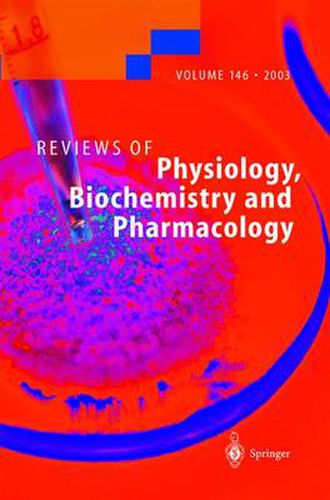Readings Newsletter
Become a Readings Member to make your shopping experience even easier.
Sign in or sign up for free!
You’re not far away from qualifying for FREE standard shipping within Australia
You’ve qualified for FREE standard shipping within Australia
The cart is loading…






This title is printed to order. This book may have been self-published. If so, we cannot guarantee the quality of the content. In the main most books will have gone through the editing process however some may not. We therefore suggest that you be aware of this before ordering this book. If in doubt check either the author or publisher’s details as we are unable to accept any returns unless they are faulty. Please contact us if you have any questions.
Protein transport events occurring at the endoplasmic reticulum (ER) of eukaryotic cells and the cytoplasmic membrane of prokaryotic organisms share many similarities. Resident proteins of both membranes span the lipid bilayer once or several times by a-helical stretches and their integration is usually mediated by uncleaved signal-anchor sequences. Proteins that are translocated across either membrane, collectively also termed secretory proteins, harbour cleavable N-terminal signal sequences. Prokaryotic and eukaryotic signal sequences have the same modular structure and are functionally exchangeable. Integration of membrane proteins and translocation of secretory proteins basically occur at the same sites (pores) within each membrane. In both types of membranes, these pores are c- posed of homologous components forming the Sec translocons. Parts of the Sec trans- cons are found populated by ribosomes, the membrane-bound ribosomes. Bacterial m- brane and eukaryotic secretory proteins are targeted to the Sec translocons by the same molecular mechanism involving signal recognition particle (SRP) and its receptor (SRP - ceptor, SR). Structure and assembly of the SRP The functional core of SRP The functional core of this ribonucleoprotein complex consists of the signal sequence binding subunit (SRP54 in eukaryotes and Ffh in prokaryotes) and the SRP RNA molecule (see Fig. 1). This core is conserved in all organisms, with the intriguing exception of chloroplasts, where the SRP lacks the RNA subunit.
$9.00 standard shipping within Australia
FREE standard shipping within Australia for orders over $100.00
Express & International shipping calculated at checkout
This title is printed to order. This book may have been self-published. If so, we cannot guarantee the quality of the content. In the main most books will have gone through the editing process however some may not. We therefore suggest that you be aware of this before ordering this book. If in doubt check either the author or publisher’s details as we are unable to accept any returns unless they are faulty. Please contact us if you have any questions.
Protein transport events occurring at the endoplasmic reticulum (ER) of eukaryotic cells and the cytoplasmic membrane of prokaryotic organisms share many similarities. Resident proteins of both membranes span the lipid bilayer once or several times by a-helical stretches and their integration is usually mediated by uncleaved signal-anchor sequences. Proteins that are translocated across either membrane, collectively also termed secretory proteins, harbour cleavable N-terminal signal sequences. Prokaryotic and eukaryotic signal sequences have the same modular structure and are functionally exchangeable. Integration of membrane proteins and translocation of secretory proteins basically occur at the same sites (pores) within each membrane. In both types of membranes, these pores are c- posed of homologous components forming the Sec translocons. Parts of the Sec trans- cons are found populated by ribosomes, the membrane-bound ribosomes. Bacterial m- brane and eukaryotic secretory proteins are targeted to the Sec translocons by the same molecular mechanism involving signal recognition particle (SRP) and its receptor (SRP - ceptor, SR). Structure and assembly of the SRP The functional core of SRP The functional core of this ribonucleoprotein complex consists of the signal sequence binding subunit (SRP54 in eukaryotes and Ffh in prokaryotes) and the SRP RNA molecule (see Fig. 1). This core is conserved in all organisms, with the intriguing exception of chloroplasts, where the SRP lacks the RNA subunit.